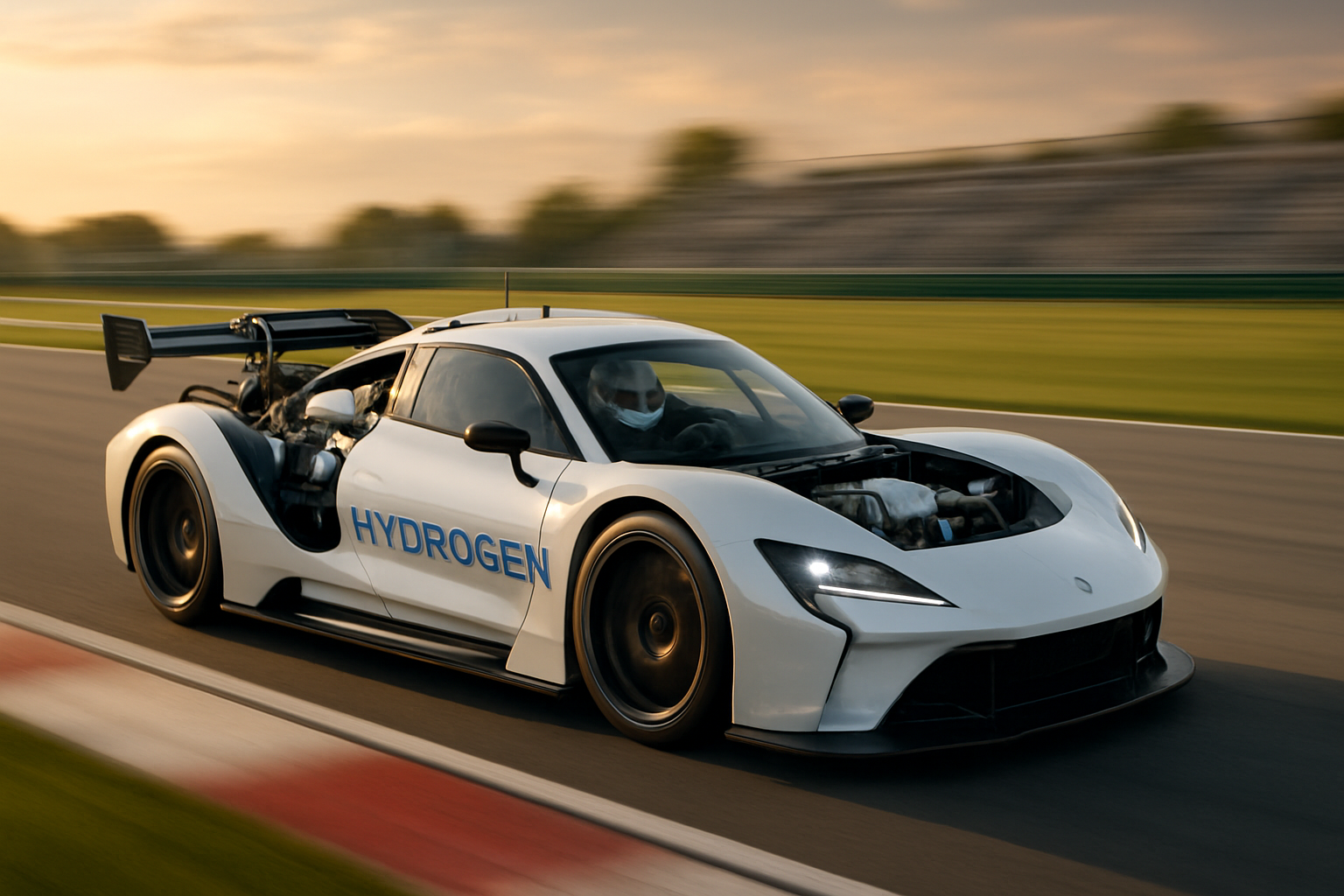The Unsung Hero of Car Design: Underbody Aerodynamics
Sleek lines, aggressive grilles, and sweeping curves often steal the spotlight in automotive design. But beneath the surface lies a hidden realm of engineering prowess that's revolutionizing vehicle performance: underbody aerodynamics. This often-overlooked aspect of car design is reshaping the way vehicles interact with the air around them, unlocking new levels of efficiency, stability, and speed.

The Evolution of Underbody Design
Underbody aerodynamics is not an entirely new concept. Racing cars have long utilized smooth underbodies and diffusers to generate downforce and reduce drag. However, the application of these principles to production vehicles has been a relatively recent development. In the early days of automotive design, the underside of a car was a chaotic jumble of components, with little thought given to its aerodynamic impact.
As fuel efficiency standards tightened and competition in the automotive market intensified, engineers began to recognize the untapped potential beneath their vehicles. The shift towards smoother underbodies began gradually, with simple plastic panels covering the most prominent protrusions. This evolution has accelerated in recent years, with advanced computational fluid dynamics (CFD) simulations allowing designers to optimize every contour and crevice.
The Science Behind Underbody Aerodynamics
At its core, underbody aerodynamics is about managing airflow to reduce drag and enhance stability. When a vehicle moves, it creates a high-pressure area at the front and a low-pressure wake behind it. This pressure differential is a significant source of drag, slowing the vehicle and reducing efficiency. By smoothing the underbody and carefully shaping its contours, engineers can manipulate this airflow to minimize drag and even generate downforce.
Key elements of underbody aerodynamics include smooth panels to cover mechanical components, carefully designed diffusers to manage air exiting from beneath the vehicle, and strategically placed vents to direct airflow where it’s most beneficial. These features work in concert to create a more laminar flow of air under the car, reducing turbulence and the associated drag.
Benefits Beyond Efficiency
While improved fuel economy is a significant driver of underbody aerodynamic development, the benefits extend far beyond the pump. Enhanced stability at high speeds is a crucial advantage, particularly for performance vehicles. By managing airflow underneath the car, engineers can create a ground effect that literally sucks the vehicle towards the road, improving traction and handling.
Noise reduction is another often-overlooked benefit of underbody aerodynamics. Smooth underbodies minimize air turbulence, reducing wind noise and creating a quieter, more refined driving experience. This is particularly important as vehicles become increasingly electrified, and the masking effect of engine noise diminishes.
Challenges in Implementation
Despite its potential, implementing advanced underbody aerodynamics in production vehicles presents several challenges. The underside of a car is a complex environment, home to essential components like the exhaust system, fuel tank, and various mechanical elements. Balancing aerodynamic optimization with the practical needs of these systems requires careful engineering and often involves compromises.
Durability is another significant concern. Underbody panels must withstand impacts from road debris, exposure to extreme temperatures, and constant vibration. Developing materials and designs that can maintain their aerodynamic properties under these conditions is an ongoing challenge for automotive engineers.
The Future of Underbody Innovation
As automotive technology continues to advance, the role of underbody aerodynamics is set to expand even further. Integration with active aerodynamic systems, which can adjust their shape or orientation in real-time to optimize performance, is a promising frontier. Imagine underbody panels that can flex or shift to provide maximum efficiency at highway speeds, then reconfigure for enhanced cooling during city driving.
The shift towards electric vehicles also opens new possibilities for underbody design. With fewer mechanical components beneath the car, EVs offer a blank canvas for aerodynamicists to work their magic. We may see future electric vehicles with underbodies that are essentially one continuous, sculpted surface, optimized for maximum efficiency and stability.
Conclusion: The Hidden Revolution
Underbody aerodynamics represents a hidden revolution in automotive design, one that’s reshaping the performance and efficiency of modern vehicles from the ground up. As this technology continues to evolve, we can expect to see cars that are not only more efficient and stable but also quieter and more refined. The next time you admire a sleek new vehicle, remember that some of its most impressive engineering feats may be hidden from view, quietly working beneath the surface to redefine the limits of automotive performance.





